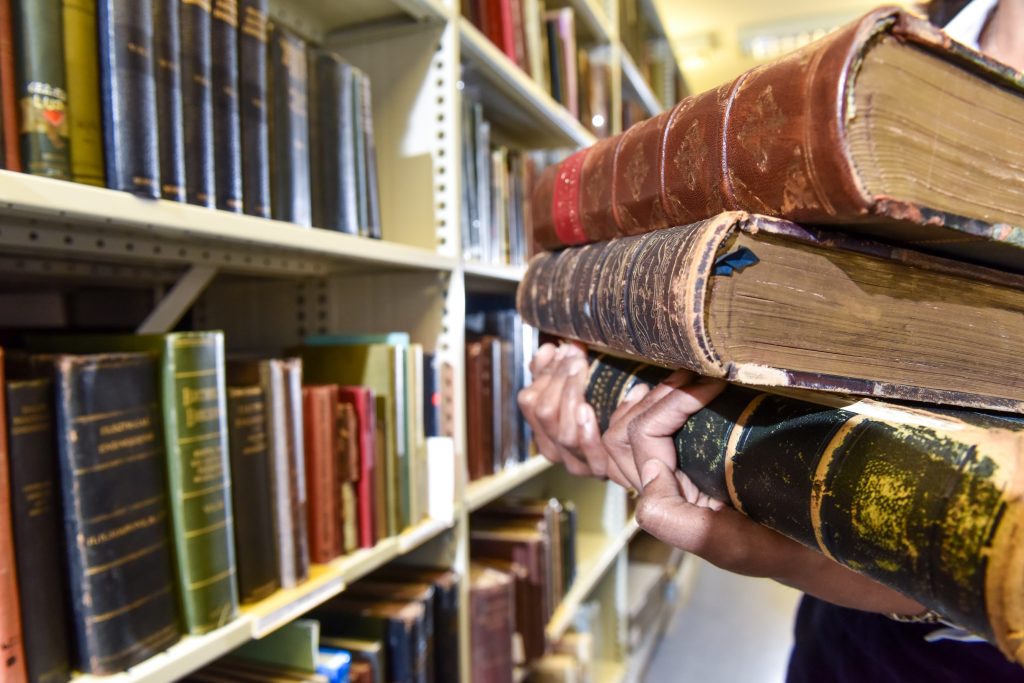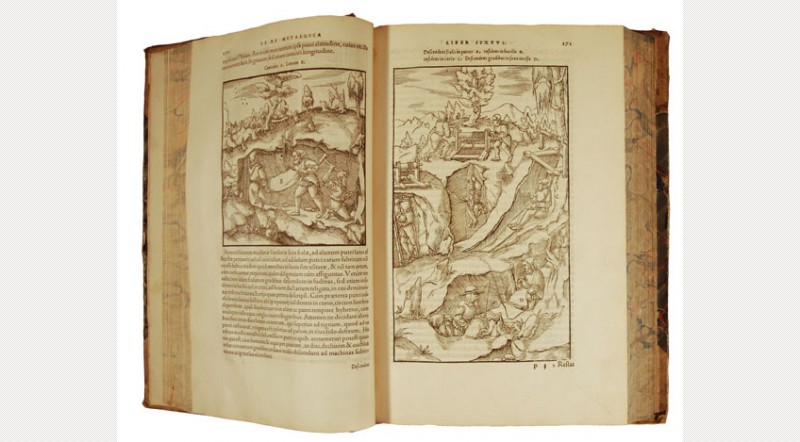
Library
Our collection holds current and historic mining journals, along with publications dating back to the 1700s. Our oldest book, De Re Metallica, is not only the oldest book, but the oldest artefact on the Museum site.

Using the Library
Our Library welcomes visitors of all ages, however we do ask that children under fourteen must be accompanied by an adult.
Researcher access to our Library is Thursdays and Fridays by appointment only.
Public access, feel free to drop-in and say hello to our friendly team on Thursdays and Fridays.

Research
The Museum holds a valuable research resource that details England’s coal mining history. The resources are held by the Library and Collections Teams. The Library looks after published material, books and journals in the main and the Collections team look after art, photography, social history ephemera and objects, plus industrial artefacts and machinery.

Online Catalogue
The Library Catalogue provides information on more than 20,000 items in the Library. This is a growing database and can be accessed here online or at the Museum.
Coal Magazine is also available online using the search link in the picture.
The library databases will open as a pop-ups (separate window). If your browser does not allow pop-ups, you can allow them temporarily by right-clicking on the mouse on the line below the navigational bar and clicking on Temporarily Allow Pop-Ups.

Special collections
The library has two very special collections worthy of note: the Eastwood Collection and Coal Meters Collection.

De Re Metallica
De Re Metallica is the oldest artefact on site at the National Coal Mining Museum for England.
Written more than 450 years ago, the book describes working methods and processes in metal mining and was the first of its kind to use a scientific approach. The author was known as Georgius Agricola, a Latin version of his own name, Georg Bauer. He spent twenty years writing the book, which was first published in Switzerland in 1556, a year after his death.